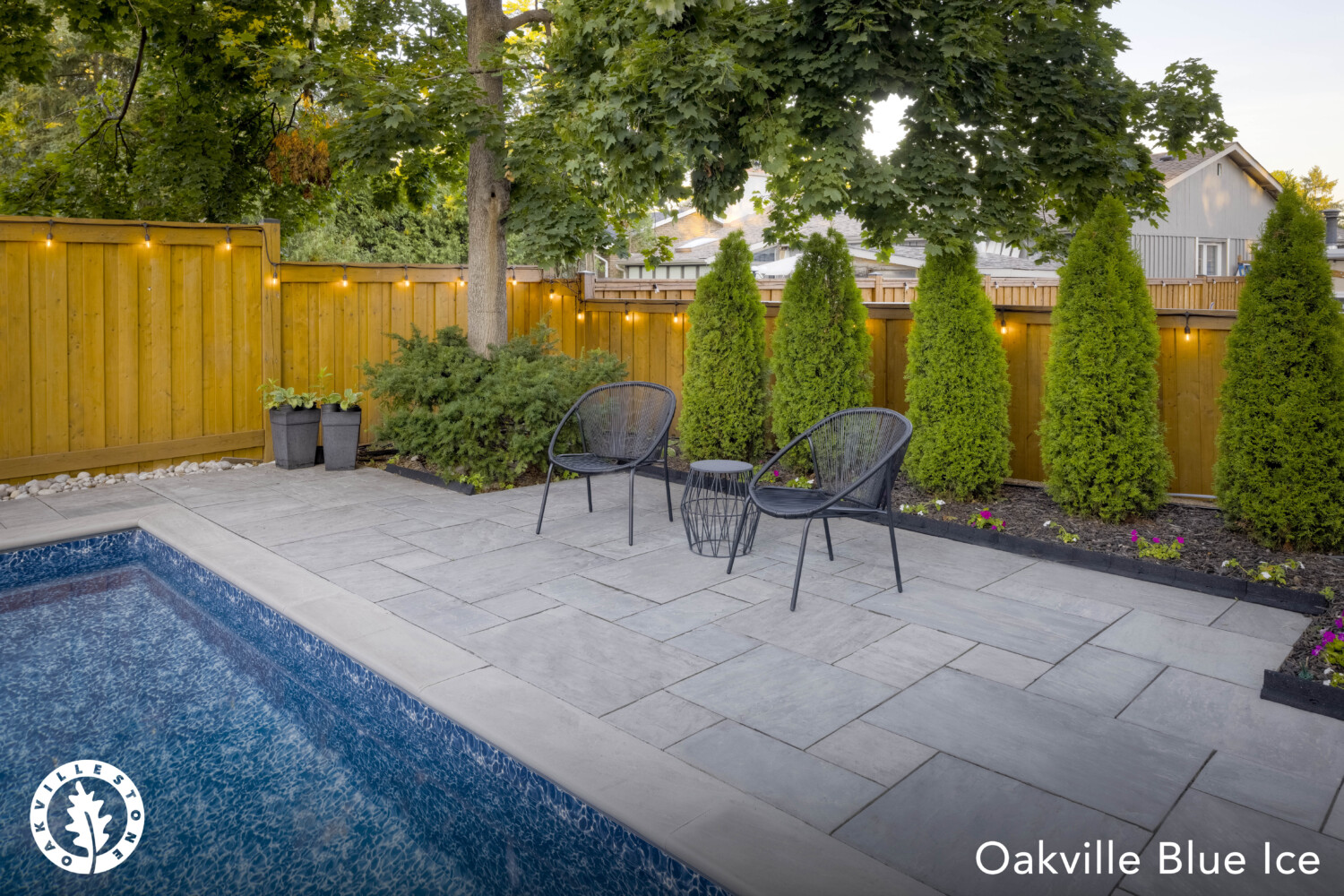Discover the essential factors to consider when using natural stone. Learn how to choose the right type, manage maintenance, and avoid common pitfalls for successful stone projects. Here are 9 essential factors to consider when using natural stone:
1. Color Variation:
When using natural stone, the first thing to think about is its color variation. Remember, stone comes from nature and it’s all about embracing its natural charm. Just like snowflakes, each piece of natural stone is unique, even if it’s from the same quarry. This uniqueness is what makes stone so special, but it can also lead to some confusion. Sometimes people misunderstand because of the natural color range and texture differences. But don’t worry! Embrace the fact that natural stone comes with these variations. If you’re going for sawn and finished stone (like honed, flamed, or sandblasted), you’ll notice minimal texture differences. Another tip: take your time and check out several full-size pieces before making your decision. Happy stone hunting!
See some color variation below or visit ‘Our Stone’ page!
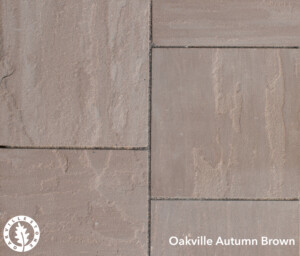
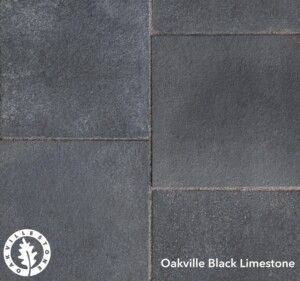
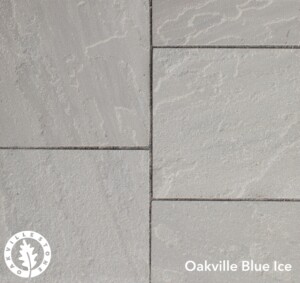
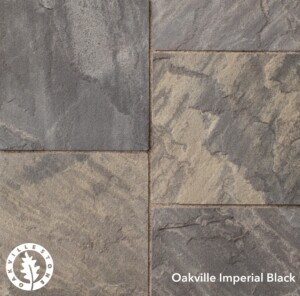
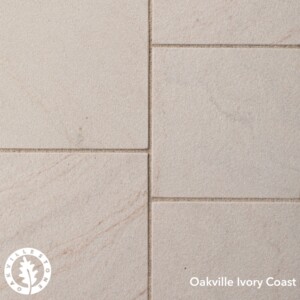
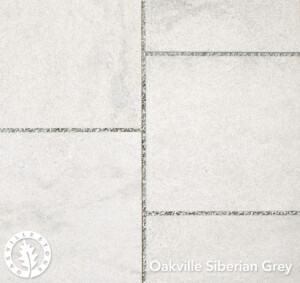
2. Maintenance:
Natural stone will last a lifetime with little maintenance. However, if you’re someone who aims to maintain your natural stone installation’s original appearance, you’ll need to perform some regular maintenance. At minimum, regularly sweep to ensure loose dirt or fallen leaves do not sit on the stone for prolonged periods of time. Do not drive or allow heavy equipment to be driven on areas where the base would not support such weight. Do not allow oils or acids (acidic liquids) to come in contact with the stone. If using a gas or charcoal grill, ensure you cover the area with a grill mat to protect your natural stone patio or deck.

3. Cleaning:
Regularly maintain and clean your natural stone installation to keep it looking its best. Avoid using cleaners containing muriatic or hydrochloric acid, as they can harm the stone and pose risks to your health and the environment. For organic stains like soils, moss, mold, or leaves, start by cleaning with a mild soap solution, a stiff deck brush, and water. If needed, you can use a pressure washer, but be careful with the nozzle setting to avoid damaging the stone. If stains persist, many effective natural stone cleaning products are available on the market that won’t harm your stone—reach out to your local dealer for recommendations.
4. Polymeric Haze:
Polymeric haze happens when polymeric sand isn’t thoroughly removed from the paving surface during installation. But don’t fret! Over time, with a little help from rainfall and wear, this haze will vanish on its own. Plus, there are plenty of cleaners available to tackle the haze if needed. Just reach out to your installer for advice on the right cleaner and what to expect during the chemical cleaning process. Remember, this is solely an installation matter, so Oakville Stone isn’t liable for any polymeric haze or its removal.
5. Stone Testing:
ASTM stands for the American Society for Testing and Materials, an internationally recognized organization dedicated to setting technical standards for various materials and products. To ensure top-notch quality, we always subject our new stones to rigorous testing in accordance with ASTM laboratory standards. These tests cover key areas such as compressive strength, flexural strength, absorption, and density—the cornerstones of quality stone products. Want to see the results? Just ask! We’re happy to provide them for any of our stone offerings.
6. Sealing:
The sealing of natural stone sparks lively debates in our industry. Traditionalists argue that natural stone should age gracefully, untouched by sealers. On the other hand, proponents claim that sealing can simplify maintenance and protect against stains and discoloration. At Oakville Stone, we take a balanced stance. We believe sealing is a personal choice—neither option will harm our products’ lifespan. However, it’s crucial to understand the potential outcomes of each decision.
- Opting not to seal may lead to gradual fading and the risk of organic staining without regular maintenance. Conversely, choosing to seal requires careful consideration. Always verify that the sealer is compatible with your stone type and installation method. Follow the manufacturer’s instructions diligently to ensure proper application.
- Before applying any sealer or cleaner, conduct a test in a hidden spot. When selecting a sealer, confirm its suitability for your stone and check if it’s breathable. Once you meet these criteria, feel free to explore additional options like solvent-based, water-based, natural look, or color enhancement sealers.
7. Efflorescence:
Efflorescence is a natural process that can manifest as a white powdery film on stone, brick, or concrete pavers. It’s rarely caused by the stone itself, but rather by nearby brick or concrete, or the cement used during installation. Rest assured, efflorescence doesn’t affect the quality or functionality of the stone.
Before reaching for chemical cleaners, consider trying pressure washing or scrubbing the affected area. Alternatively, you can simply let nature take its course—over time, exposure to the elements like rain, snow, and regular wear will often reduce or eliminate efflorescence on its own.
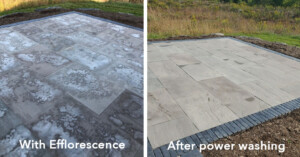
8. Snow Removal:
For safely clearing snow from natural stone, opt for a plastic shovel—it’s your best bet. Using a metal shovel risks scraping and damaging the stone’s surface or leaving behind rusty steel bits. Likewise, choose snow blowers with plastic shoes to avoid potential damage. Avoid using salt—it’s got its drawbacks. Firstly, it can bleach the stone, leaving unsightly spots. Plus, when mixed with melted snow, salt forms a corrosive brine that can seep into the stone and joints, causing damage over time.
To protect your stone without sacrificing safety, start by clearing snow with a plastic shovel. Then, spread untreated sand or kitty litter for traction. Come spring, you’ll even have a bonus soil amendment for your garden when you sweep it up.
9. Laying Techniques:
For a stunning installation, we suggest picking stone paving pieces from at least two or three different crates. This way, you’ll get a fantastic blend of colors and textures, guaranteeing a truly spectacular result.
Did our blog about essential factors to consider when using natural stone help you in your project? Let us know!
Want to stay in touch with us? Follow us on instagram!

